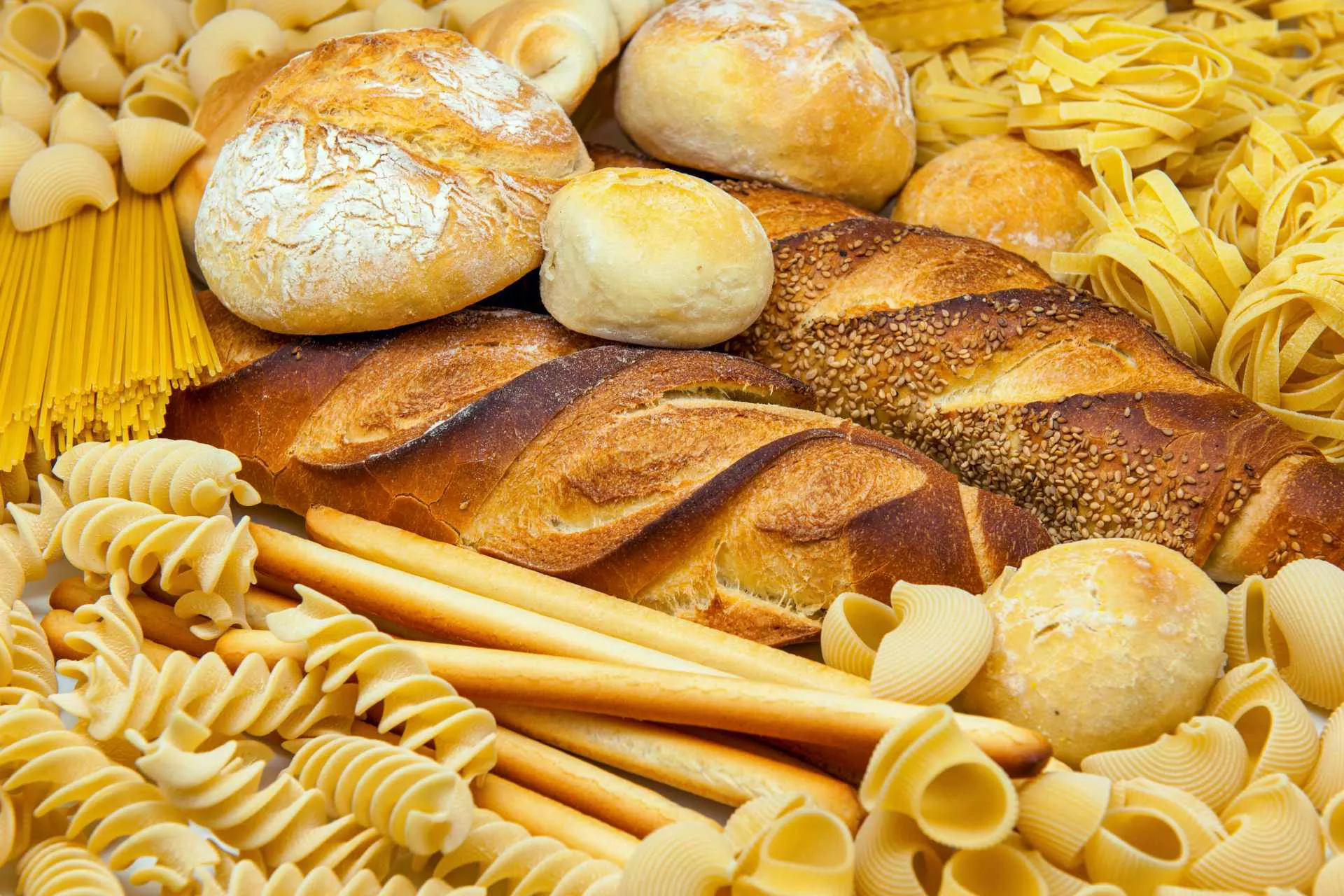Buffets, with their tantalizing displays of a wide variety of foods, are a popular choice for many diners. Whether it’s a breakfast buffet at a hotel, a lunch spread at a restaurant, or a lavish dinner buffet, they offer the allure of endless options and the freedom to choose what you want to eat. However, the abundance of choices can also lead to overindulgence and unhealthy eating habits. In this article, we’ll explore what to avoid at buffets to ensure a healthier dining experience without sacrificing the pleasure of an all-you-can-eat meal.
Skipping Breakfast Buffet Pitfalls
Breakfast buffets often entice with their array of pastries, cereals, bacon, and eggs. While it’s tempting to load up your plate with all your favorites, it’s essential to navigate this buffet with care. Avoid:
Excessive Sugary Cereals: Some cereals at breakfast buffets can be packed with sugar, which can lead to energy spikes and crashes. Opt for whole-grain options and add fresh fruit for natural sweetness.
Overdoing Pastries: Croissants, muffins, and Danish pastries are delicious but can be high in calories and unhealthy fats. Limit your intake of these items.
Unlimited Bacon: While bacon is a beloved breakfast item, consuming it in unlimited quantities can lead to excess saturated fat intake. Enjoy it in moderation.
Sweetened Yogurts: Flavored yogurts often contain added sugars. Opt for plain yogurt and add your choice of fresh fruit or a drizzle of honey for natural sweetness.
Lunch Buffet: Choose Wisely
Lunch buffets can be a fantastic option for quick, varied meals. However, it’s crucial to make smart choices to maintain a balanced diet. Avoid:
Heavy Fried Foods: Fried foods like chicken tenders or French fries are commonly found at lunch buffets. These items are high in unhealthy fats and calories. Choose grilled or baked alternatives when available.
Creamy Soups: Cream-based soups are rich in calories and saturated fats. Opt for broth-based soups, which are generally lower in calories and fat.
Excessive Dressings and Sauces: Salad bars at lunch buffets often feature a range of dressings and sauces. These can add excess calories and unhealthy fats to your meal. Use them sparingly.
Limiting Vegetables: Don’t neglect the vegetable options. Load up on fresh salads and non-starchy vegetables to balance your meal.
Dinner Buffet Dilemmas
Dinner buffets can be a culinary adventure, but they also present the risk of overindulgence. To ensure a healthier dining experience, avoid:
Piling on Heavy Carbs: It’s easy to load up your plate with pasta, bread, and rice, but excessive carbohydrates can lead to overconsumption of calories. Opt for smaller portions and balance with proteins and vegetables.
Unrestrained Dessert Binge: Dinner buffets often feature an array of delectable desserts. While it’s fine to enjoy a sweet treat, don’t go overboard. Select one or two small dessert items and savor them.
Too Many Alcoholic Beverages: If the buffet includes alcoholic beverages, be cautious not to consume excessive amounts. Alcohol can add empty calories and impair your judgment when making food choices.
Ignoring Hydration: While you’re indulging in various dishes, remember to stay hydrated. Drink water to help control your appetite and prevent overeating.
General Buffet Guidelines
Beyond the specific meal times, there are general rules that apply to all buffets. Keep these in mind to ensure a healthier dining experience:
Avoid Mindless Eating: Take time to consider your choices and portion sizes. Avoid picking up items impulsively or mindlessly.
Use Smaller Plates: If the buffet offers a choice of plate sizes, opt for a smaller one. This naturally limits portion sizes and helps prevent overeating.
Survey the Buffet First: Before filling your plate, walk around the buffet to see all the options. This allows you to plan a balanced meal.
Prioritize Vegetables and Lean Proteins: Fill a significant portion of your plate with vegetables and lean proteins like grilled chicken or fish. These foods will help you feel full and satisfied.
Practice Portion Control: Avoid heaping your plate with large portions. Instead, take smaller servings and return for more if necessary.
Be Mindful of Sauces and Condiments: Sauces, gravies, and condiments can be calorie-dense. Use them sparingly or ask for them on the side.
Listen to Your Body: Pay attention to your body’s hunger cues. Stop eating when you’re comfortably full, even if there’s still food left on the buffet.
Allergies and Dietary Restrictions
If you have allergies or dietary restrictions, be cautious at buffets. Cross-contamination can be a concern, so it’s essential to communicate your needs to the buffet staff. Ask about ingredients, preparation methods, and whether they can accommodate your dietary requirements.
Conclusion
Buffets can be a delightful dining experience, offering a wide array of culinary delights. However, to ensure a healthier dining experience, it’s important to be mindful of what you consume and how much. By avoiding certain pitfalls, making informed choices, and practicing moderation, you can savor the pleasures of a buffet without compromising your health. Remember that the key to enjoying a buffet is not to indulge in everything, but to savor what you truly enjoy in a balanced and health-conscious manner.




















